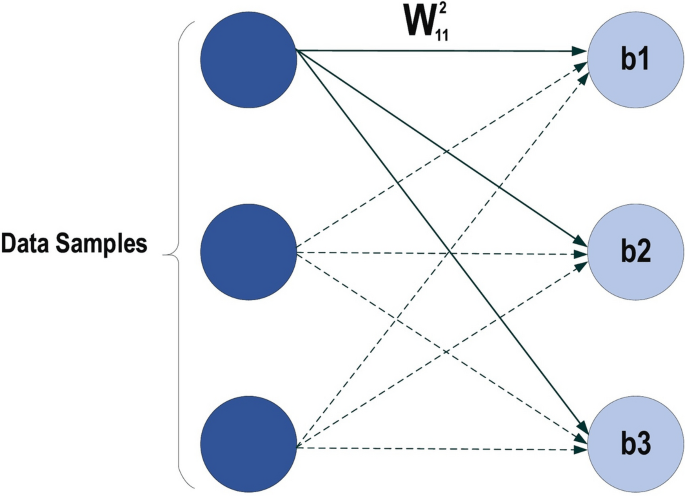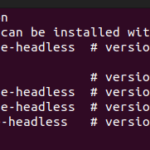Ubuntu KVM — an industry-leading hypervisor — extends its reach to AI/ML applications and graphics-intensive applications with native support for NVIDIA virtual GPU (vGPU) software products, including NVIDIA Virtual Compute Server (vCS) and NVIDIA RTX Virtual Workstation (vWS). Canonical has been working closely with NVIDIA to ensure frictionless integration and a best-in-class user experience. This allows all Ubuntu users, from those in data science to those working on high-end professional graphics, to benefit from powerful GPU performance across the entire spectrum of cloud infrastructure.
“By processing data closer to the end device, edge computing has the potential to minimise the amount of data that must be transported across our core network.”
Support of NVIDIA vGPU software products in Ubuntu KVM follows the Ubuntu 21.10 announcement from October 2021, where Canonical introduced support for NVIDIA vGPU software 13.1 in Ubuntu Server. During the last Ubuntu development cycle, Canonical collaborated with NVIDIA to expand vGPU capabilities beyond KVM, allowing developers to provision virtualised GPU resources through a self-service cloud portal. As a result, all Canonical customers who have current NVIDIA vGPU software licences can now receive commercial support under regular Ubuntu Advantage for Infrastructure (UA-I) conditions.
“NVIDIA has long been a leader in data science and computer graphics, delivering performance-optimised chips, systems, and software that significantly accelerate all types of compute and visualisation workloads.” said Cindy Goldberg, VP, Silicon Alliances at Canonical. “By collaborating with NVIDIA on engineering efforts, Canonical delivers a future-proof cloud platform that serves as a foundation for next-generation AI/ML and visualisation.”
The future-proof cloud platform mentioned by Goldberg is based on Charmed OpenStack – Canonical’s enterprise-grade OpenStack distribution. The support for NVIDIA vGPU software products includes rich lifecycle management capabilities available on the platform. Organisations can quickly deploy enterprise-grade, cost-effective infrastructure and integrate it with NVIDIA vGPU software, benefitting from full automation available in Charmed OpenStack. This eliminates technology barriers and allows more organisations to enter AI/ML and visualisation spaces faster.
“Telcos, manufacturing, and research institutions need a reliable infrastructure to run modern compute and visualisation workloads with high performance and affordable cost — whether in data centres or at the edge,” stated Anne Hecht, senior director of product marketing, Enterprise at NVIDIA. “Charmed OpenStack, with its price-performance-optimised architecture and built-in support for NVIDIA vGPU software products, fulfils this need.”
NVIDIA vGPU Software enables data scientists, as well as technical and creative professionals, to break through the constraints of hardware scalability, making highly performant GPU resources available on demand for all cloud users. While physical limitations dictate the maximum number of GPUs that can be installed on hypervisors, the virtualisation layer democratises these constraints, allowing resources to be shared. This improves energy efficiency of the platform and helps reduce the negative climate impact of data centres.
“BT has been a leader on climate and sustainability action for almost 30 years and we’ve pledged that our operations will be net zero emissions by 2030,” said Christian Lafferty, Research Manager of Software Based Networks at BT. “Reproducing existing data centre technology at the edge is not enough. We need new, lean algorithms that can fully exploit the benefits of virtualisation and containerisation,” he added. “There is currently a huge demand for GPU technology due to the rapid growth in data science, machine learning, and video analytics. We need to meet this demand while driving energy efficiency and minimising our impact on the environment. NVIDIA GPU virtualisation on Canonical Ubuntu provides us with a bedrock for this sustainable research.”
Learn more about NVIDIA vGPU support on Ubuntu
Read the Ubuntu KVM and Charmed OpenStack documentation for detailed information on how to enable and use NVIDIA vGPUs.
Watch our webinar to learn more about all the benefits that NVIDIA vGPU software brings to data scientists.
Get in touch with Canonical and schedule a call with an expert.
Discover more from Ubuntu-Server.com
Subscribe to get the latest posts sent to your email.




